Addiction, Inc.
The New York Times
In a 4-part series, The New York Times provides insight on how the “haphazardly regulated, poorly understood” industry of addiction treatment generates billions of dollars a year from one commodity alone: America’s millions of drug and alcohol addicts.
Treatment-seeking drug and alcohol abusers are seen as possible streams of untapped revenue to entrepreneurs and opportunists who operate in the loosely-regulated field of addiction treatment. Business executives, marketing professionals, treaters, insurance billers, investors and real estate owners have all profited from addicts hoping to get clean.
By gaming insurance companies who provide reimbursement payments for therapy, counseling, and urine testing, executives – some of which are former addicts themselves – have turned the business of treating drug and alcohol addicts into a $35-billion-a-year industry. Skyrocketing insurance reimbursements have made excessive urine testing a lucrative source of income for owners of addiction-treatment clinics and laboratory testing services.
More and more treatment clinics have opened across the nation thanks to the proliferation of the low-cost “Florida Model”, a system where the housing and the treatment of addicts are separated. Under the Florida Model, addicts attend counseling and/or therapy at an off-site treatment center and return home, where they are responsible for paying rent. The separation of housing and treatment allows addiction-treatment companies to save money on costly licensure fees, insurance policies, and staffing costs since regulations have not yet caught up to this growing system of addiction treatment.
Technology-savvy marketing professionals have flooded the addiction-treatment industry with the goal of connecting prospective addicts directly to treatment centers. Those treatment centers then pay a fee to the marketers who provided them with a “lead”, since that “lead” might one day produce vast sums of money for the clinic through insurance reimbursements. In this pay-to-play system, the care of an addict is sold to the highest bidder instead of to the treatment center who can provide the best care.
Laws and regulations aimed at curbing kickbacks and “patient brokering” have passed in some states and municipalities, but the rapidly expanding industry of addiction treatment means those laws are far from ubiquitous.
Read the complete series here.
